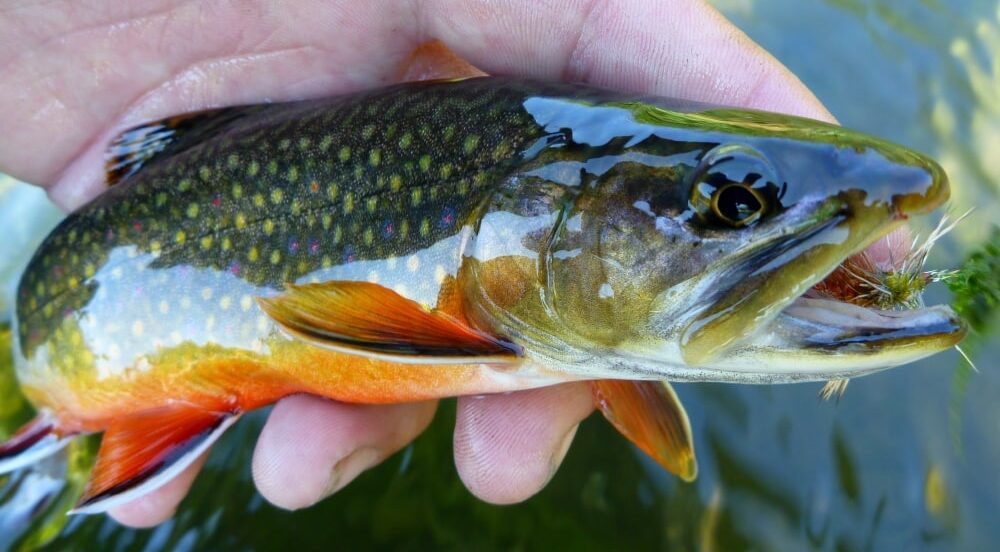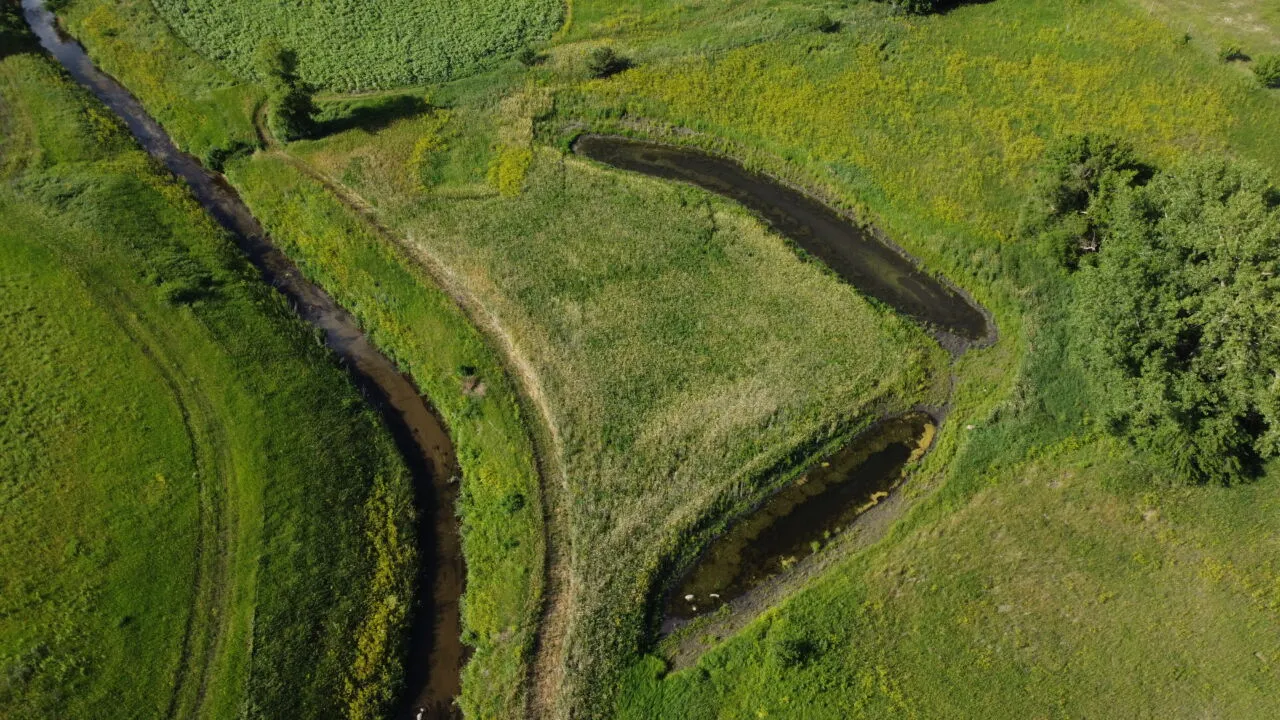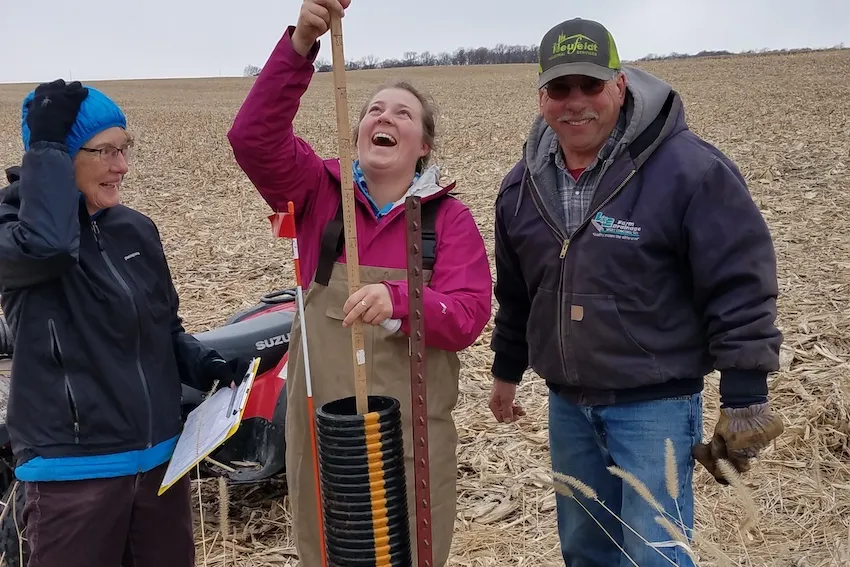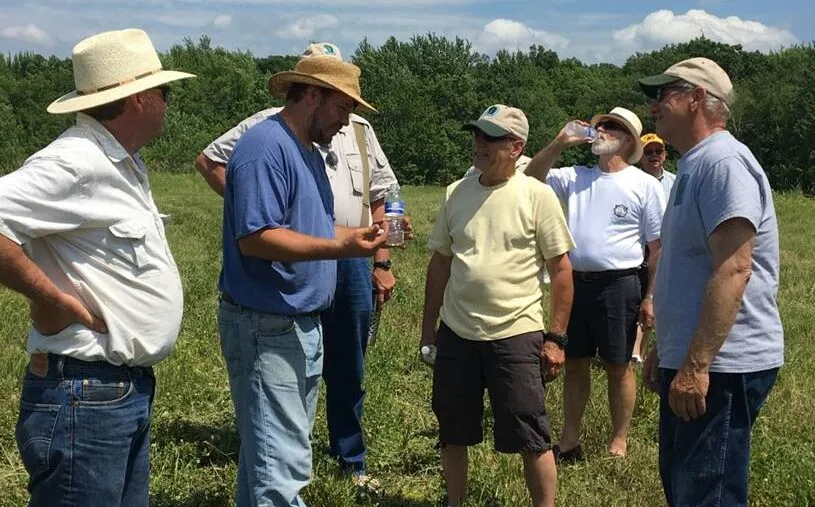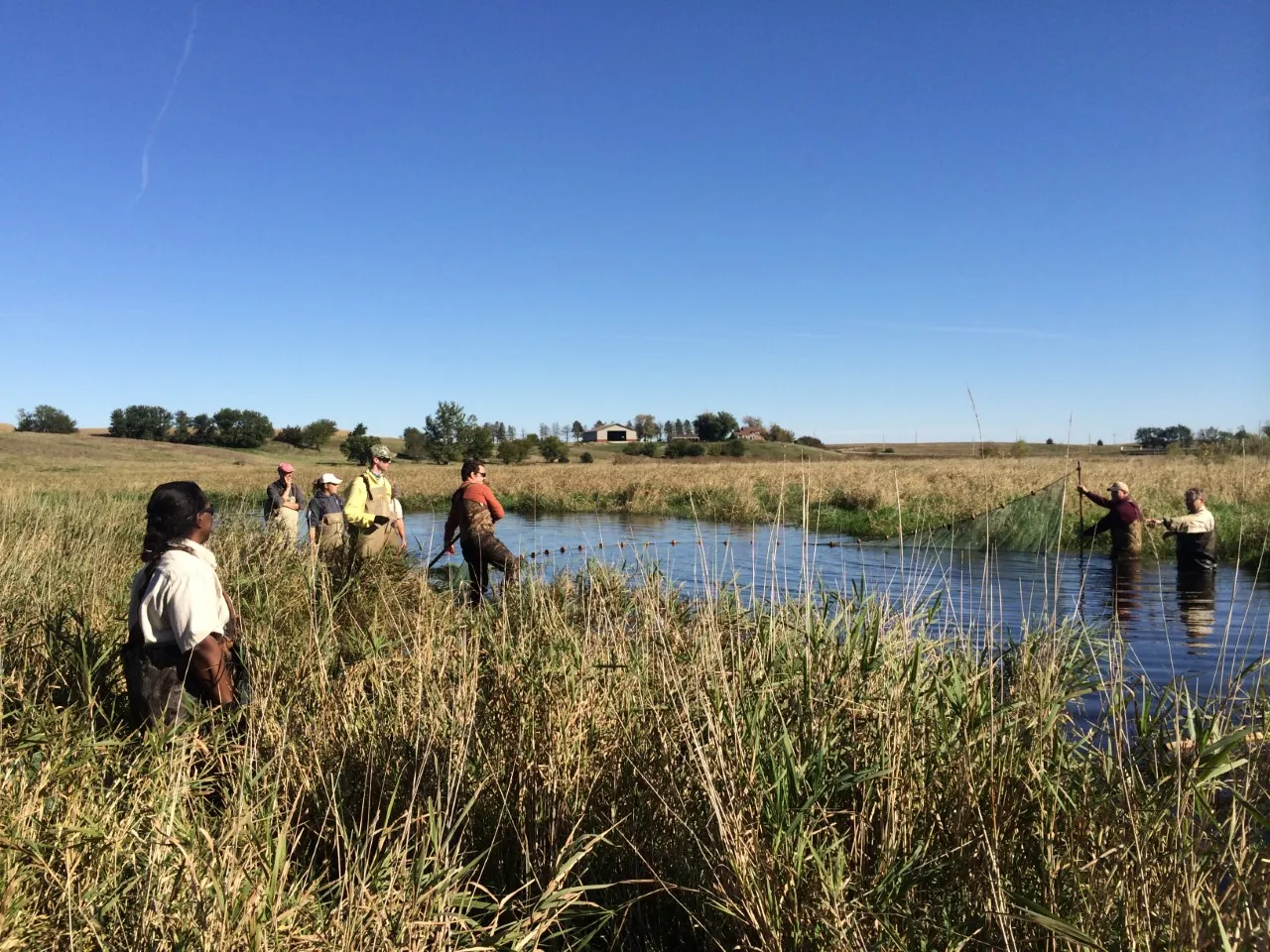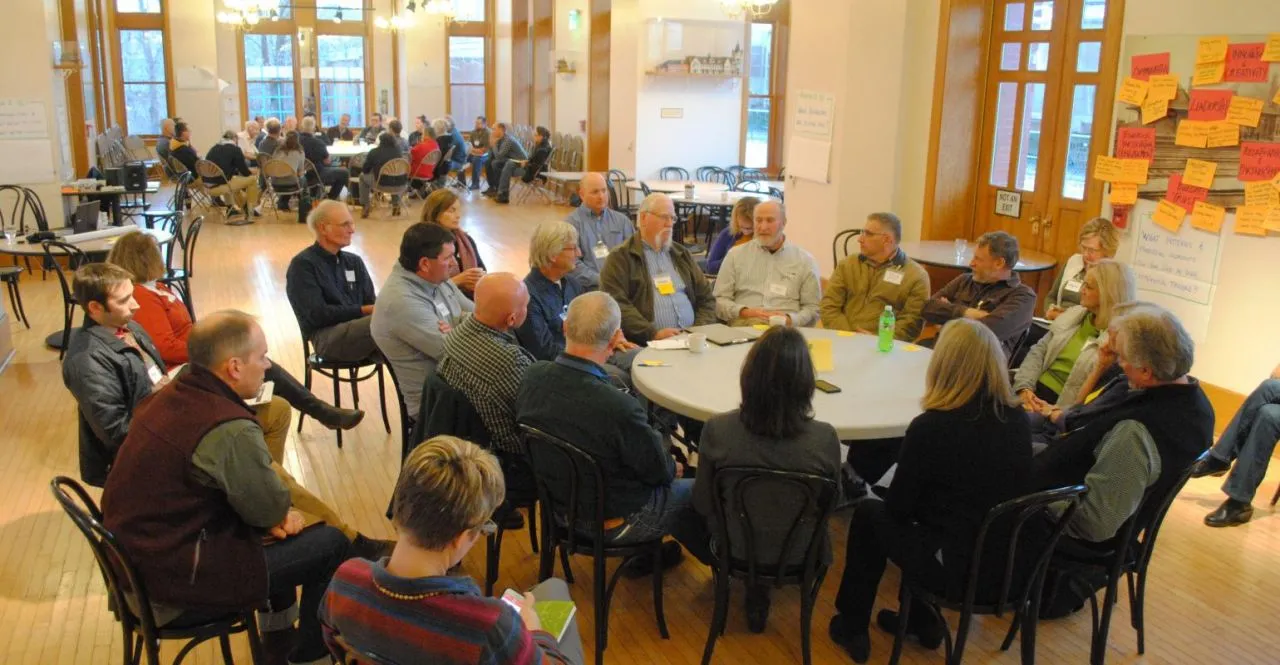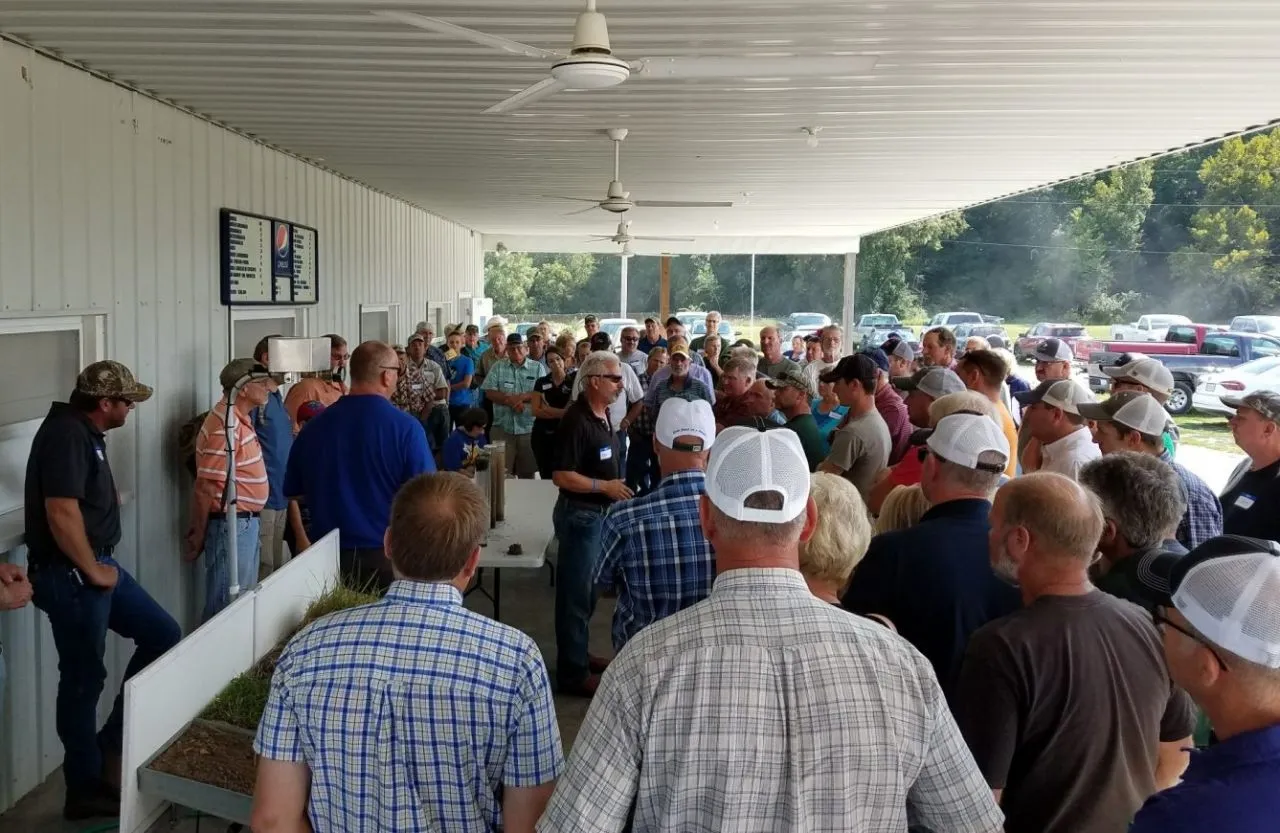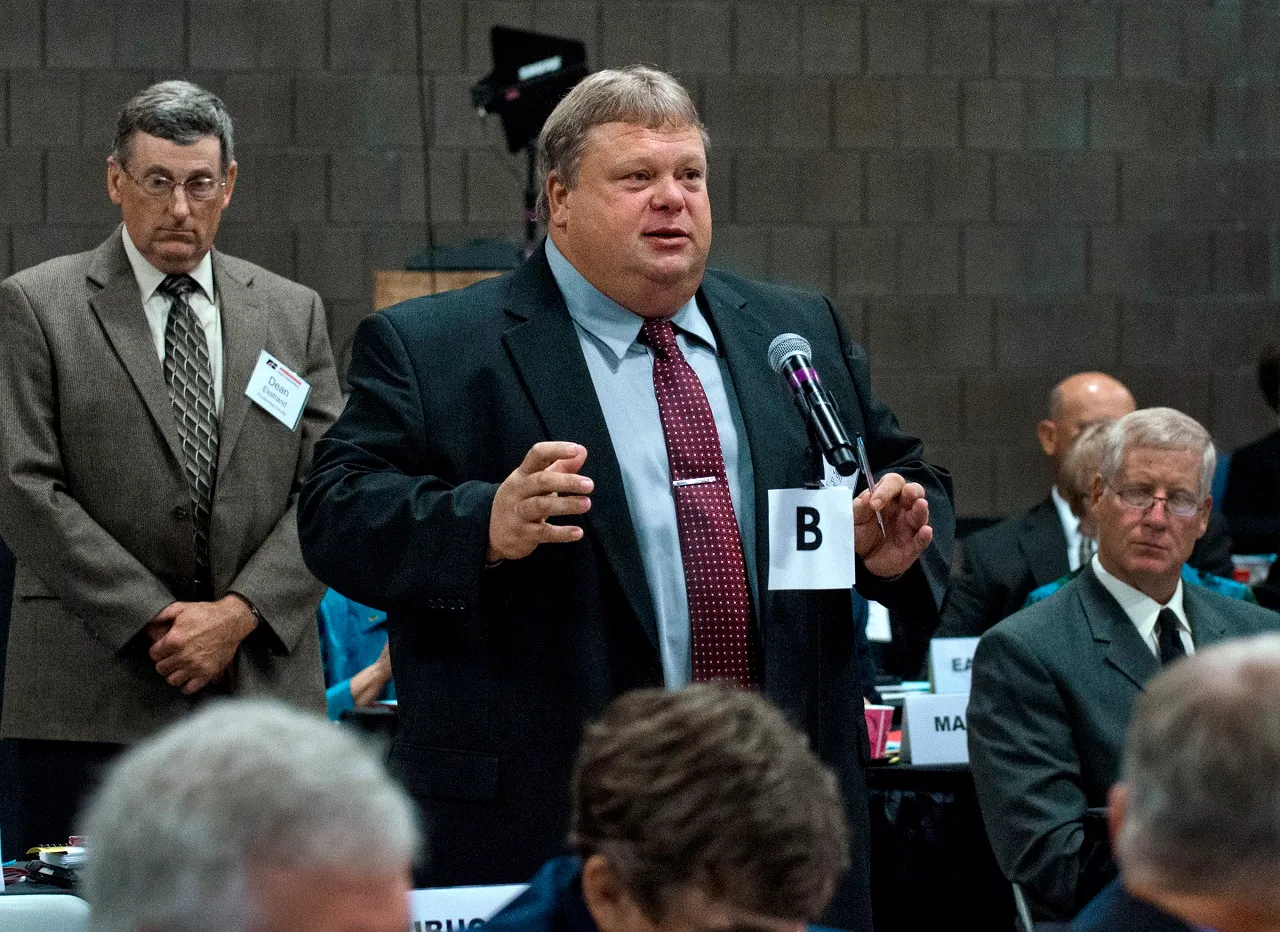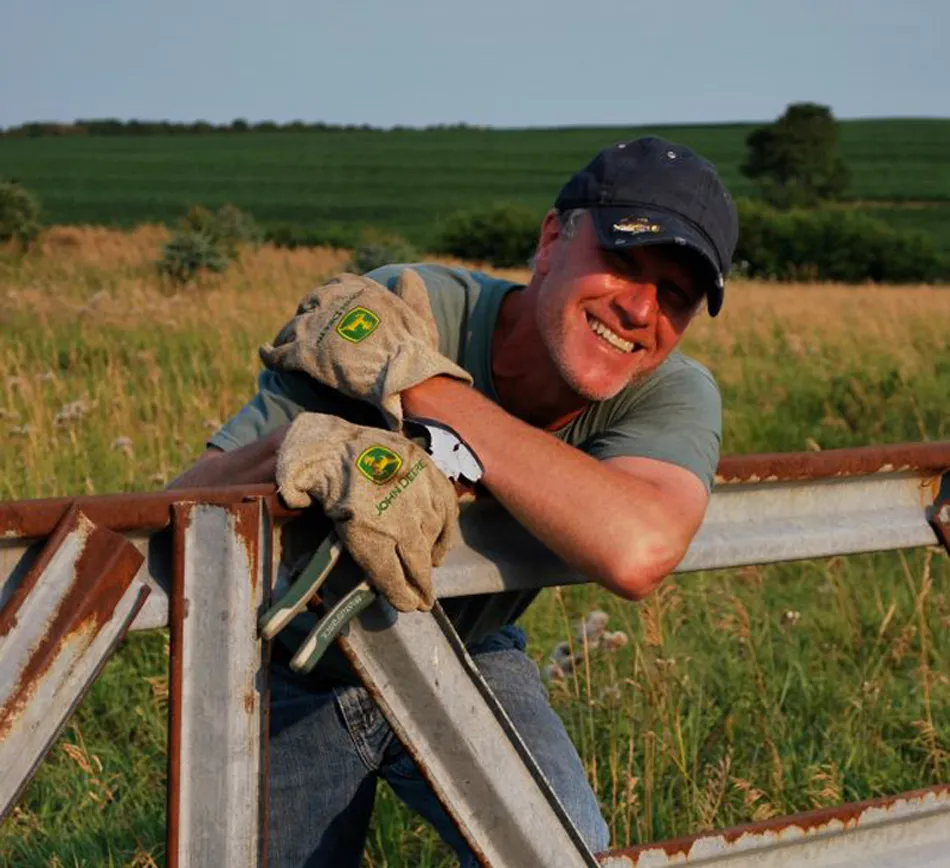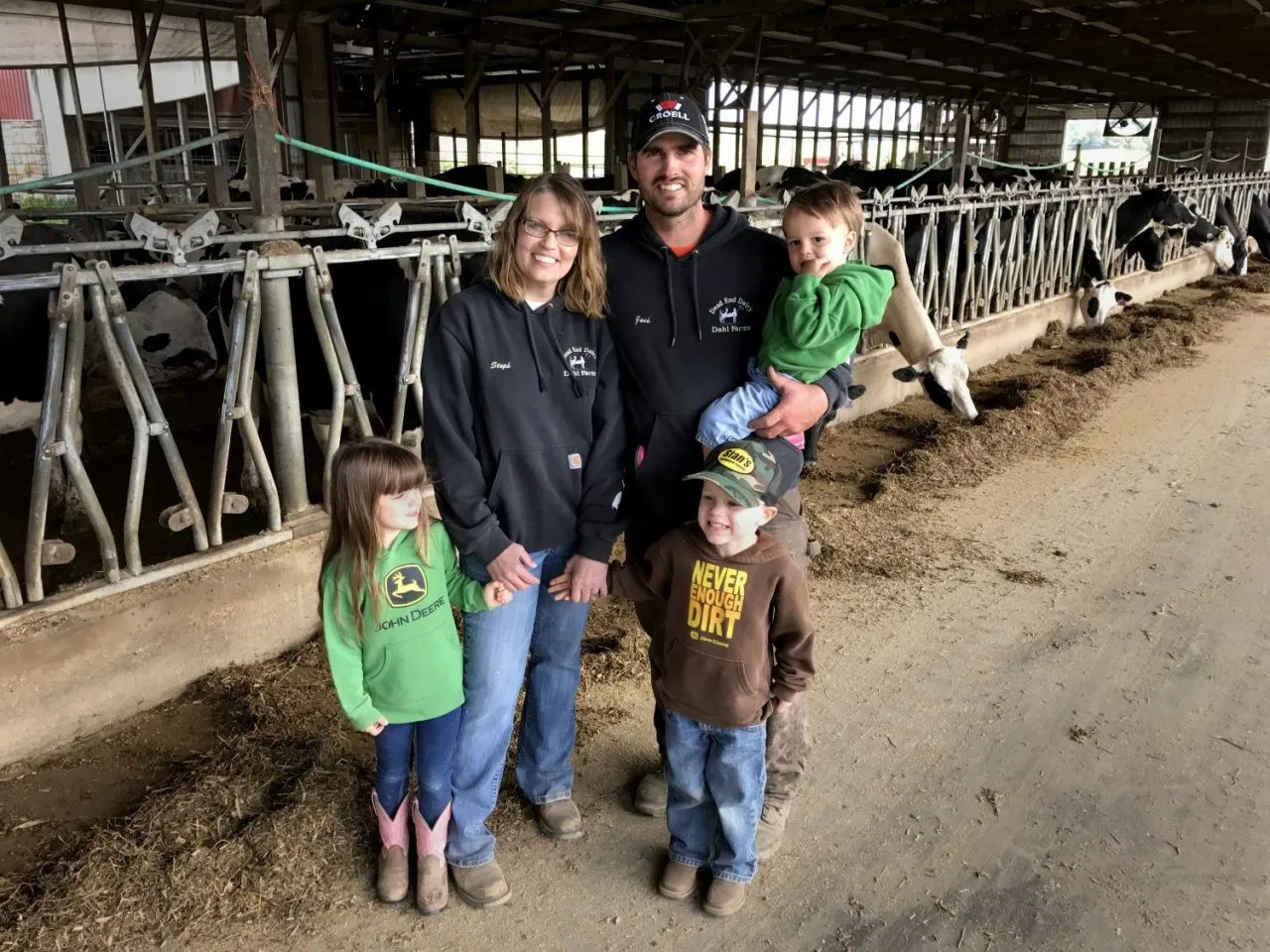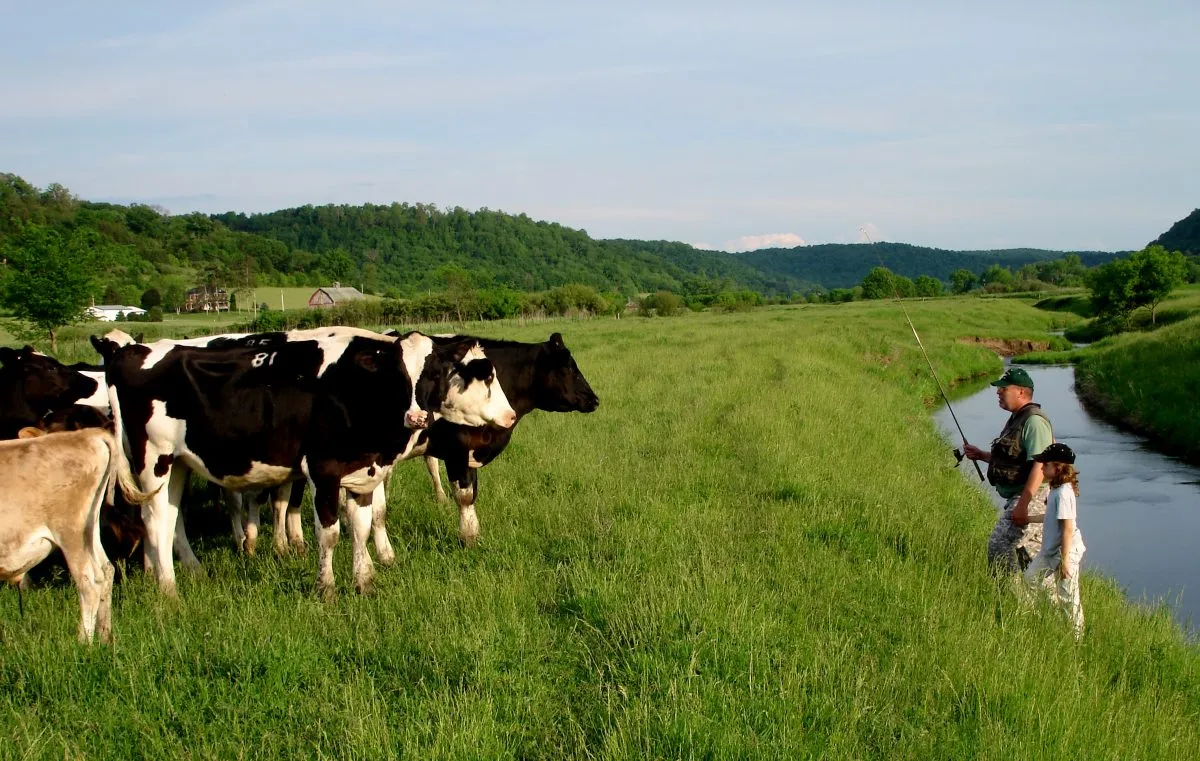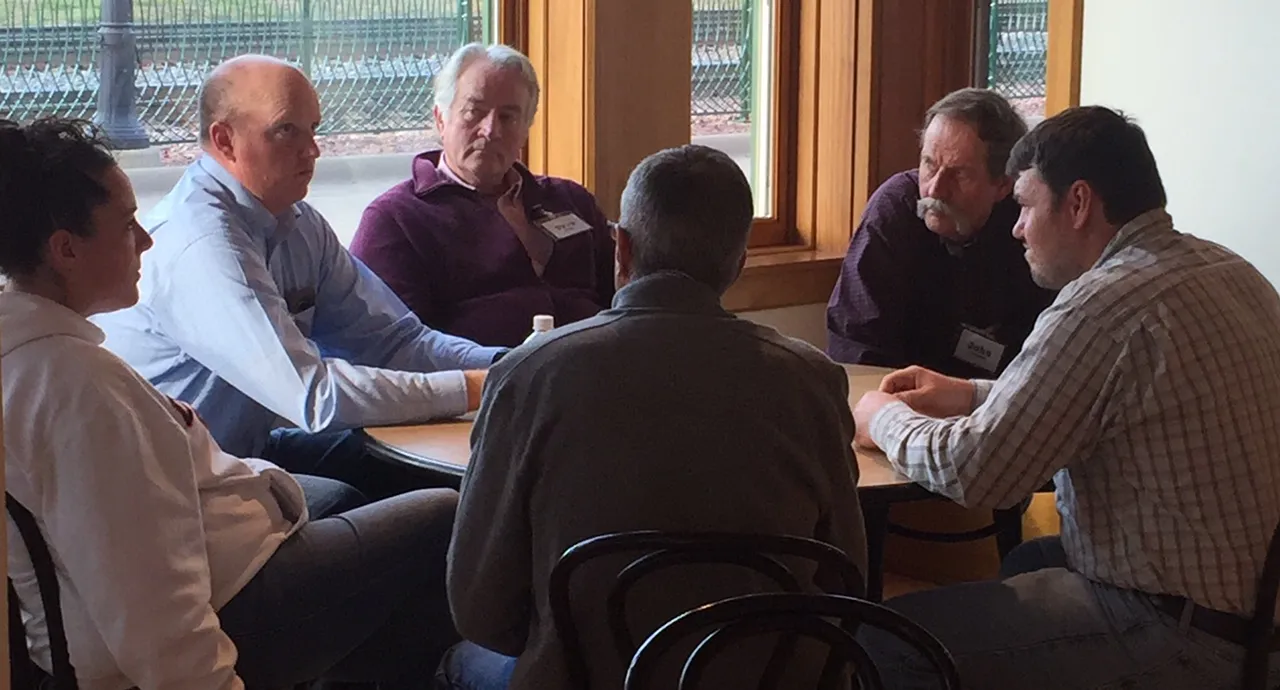Oxbow alchemy better than lead into gold
Two restored Boone River oxbow wetlands on Camille Rogers' Iowa farm are part of a plan to renew more than 400 similar sites in her watershed. After eroded soil was removed, the topeka shiner minnow returned and Rogers can again enjoy a favorite natural area from her childhood.
Coming together for the sake of a creek
Focused work in Minnesota's Rice Creek watershed is connecting producers, reducing the risk of trying cover crops and other new practices, influencing local farming methods and improving conditions for brook trout in Rice Creek.
No-tillers take the lead for water quality
Wisconsin no-tillers John Eron and Matt Hintz didn’t wait for regulations telling them how to farm. They started farmer-led watershed groups to deal directly with local environmental issues and the groups that raised them, not as adversaries, but as advocates.
Reviving the endangered Topeka shiner minnow
Restoring stream oxbows where they naturally occur is reviving the endangered Topeka shiner minnow, other fish and wildlife. Farmers also see nutrient reduction benefits.
Growing grassroots change: Farmer-led conservation is getting a little help from its friends
“A watershed group was worth a try," said farmer Brian McCulloh, "so I attended meetings with an open mind. It helps when neighbors struggle with the same challenges, to do better.”
Farmers talking with neighbors is prime driver of success across watersheds
Root River Field to Stream Partnership gathered data, but more importantly, it engaged with growers and encouraged conversations among growers that led to positive changes in soil and water.
Proving collaboration is possible
Cooperation between local partners in Pike County is increasing the number of cover cropped acres. Producers John and Sandy Scherder say it has everything to do with the will to connect.
A model for farmer-driven watershed improvement asks, “What next?”
Farmer Jeff Pape rallied neighbors to farm differently in Hewitt Creek Watershed, near Iowa’s Field of Dreams. “Affordable change came first. Now reaching water quality goals means more investment.
Addressing water quality connects neighbors in Blackhawk Creek Watershed
Blackhawk Creek carries E. coli bacteria and 2,720 tons of nitrates to the Cedar River annually. Neighbors established Blackhawk Creek Water & Soil Coalition to restore it.
Root causes, root solutions
Root River Field to Stream Partnership tracks the effect of farm practices on streams and helps landowners act for the future. See how Steph and Josh Dahl invested to expand their operation.
Working together locally for farms, streams and economic growth
In southwest Wisconsin, farming practices such as cover crops, contour strips and native grass strips help sustain recreational fishing that generates more than $1 billion annually for the local economy.
Farmers lead for healthier soil and water
At a Watershed Leaders Network workshop, participants ask: How do I farm, protect public waters and get return on my investment? How do I catalyze others to do the same?
